The pungent smell of manure as cows and sheep graze on the green pastures makes the campus of the University of Concepción in the Chilean city of Chillán look like a farm.
In the nearby veterinary clinic, barking echoes through the hallway. Three meadows over lies the wildlife rehabilitation center, an inconspicuous building where caretakers attempt to provide the calmest possible environment for the wild animals they treat.
The university’s Center for the Rescue and Rehabilitation of Wildlife, run by veterinarian Paula Aravena Bustos, is an independent institution, staffed entirely by volunteer teachers and students from the university.
The university has allocated the center a piece of land 15 kilometers (9 miles) from the current campus, where a state-of-the-art complex is to be built.
“I have been heading this center for two years now. We are one of the few centers in southern Chile that can treat wild animals,” Aravena Bustos says as we drive through the campus.
“And we are in the process of expanding. I hope in a few years to run the most innovative wildlife hospital in Latin America. With the crucial role we played during the forest fire season, we definitely showed how important we are for wildlife conservation.”
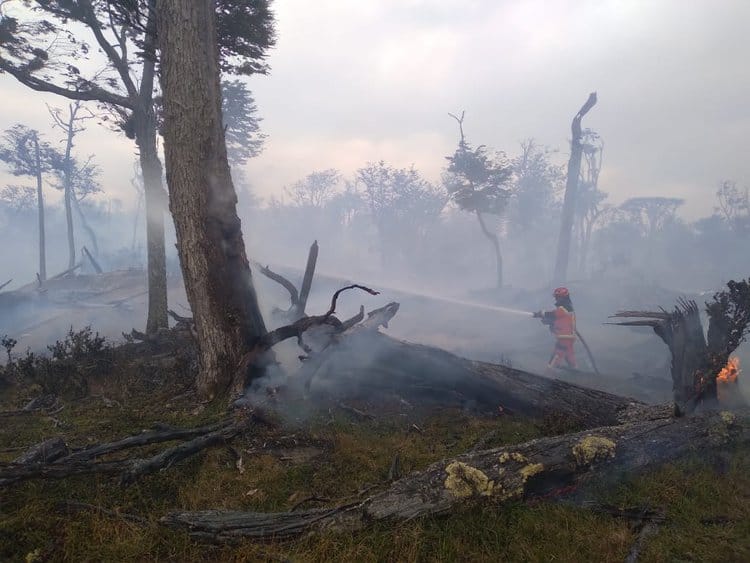
Chile’s raging forest fires earlier this year meant an ongoing influx of injured animals for Aravena Bustos’s center to treat. “We started preparing for the wildfires as early as November by freeing up laboratories and treatment space,” she says. “We received at least 75 animals with burns.”
She lists species like the pudú deer (Pudu puda), guiña wildcat (Leopardus guigna), and monito del monte opossum (Dromiciops gliroides), “whose legs, snouts and fur were severely burned.”
In some cases, the center could do nothing for animals that were so badly injured that they died within hours.
“The problem with the pudú, for example, is that this is a defensive animal. When it senses danger, it takes shelter instead of running away. And that’s exactly what you shouldn’t do in forest fires,” Aravena Bustos says.
The forest fires in January and February were some of deadliest in decades in Chile: 27 people died and an area three times the size of Greater London was scorched, due to a combination of high temperatures, strong winds, chronic drought and vast coniferous and eucalyptus plantations that fueled the burning.
Ignacio Ramírez-Años is one of the center’s managers, working with volunteers and consulting with teachers about treatments. When we meet him, he’s just finished changing the bandages on a pudú, whose legs were badly burned during the fires. Ramírez-Años tells of the dozens of animals brought to the center with severe burns at the time.
“It was shocking, especially in the beginning, to see so many animals in pain. We did everything we could to help them, but it wasn’t always possible. Some came in and died moments later,” he says. “At the same time, it was a very inspirational period. We were confronted with things we had never seen before.”

He points to the pudú he’s just treated: “She is a symbolic patient here. She came in with severe burns and complex infections but has almost finished her treatment.”
Aravena Bustos and three of her students have arrived at a nature reserve near the Andes, where they plan to return to the wild a culpeo fox (Lycalopex culpaeus) that had spent seven months at the center. When they slowly open the bars of the cage, the fox steps out cautiously, sniffs around, then walks away.
“The fact that it walks away so calmly shows that it is not afraid,” Aravena Bustos says. “You have to take several things into account to keep the animal calm when releasing it. Never have the wind at the back of the cage, otherwise the animal will not smell what scents are around it. Never have the sun in the face, otherwise the animal doesn’t see any danger coming, and it might panic.”
Planning for more frequent wildfires
Aravena Bustos says she always tries to release animals back into the areas where they’re found. That’s been especially difficult this year, as huge areas of their habitat have gone up in flames. According to Aníbal Pauchard, an ecologist at the University of Concepción, Chile should prepare for things to get worse in the coming years.
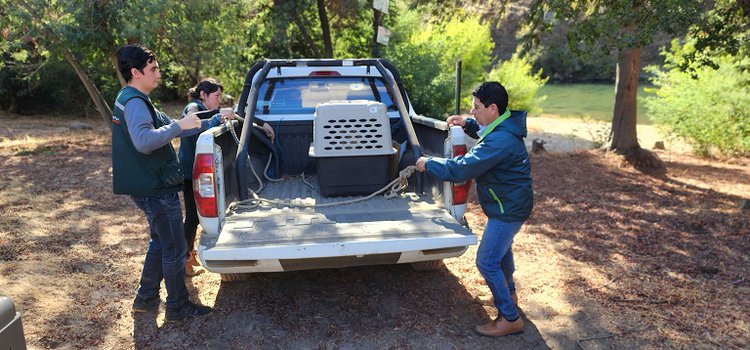
“Over the past decade, Chile has been experiencing more and more intense wildfires. The nearly 500,000 hectares [1.2 million acres] of land destroyed this year is 10 times more than what burns down on average every year,” Pauchard tells Mongabay.
Ecosystems in southern Chile are also increasing vulnerable to fire, he adds. “The landscape is poorly maintained, it is full of pine tree and eucalyptus plantations. People barbecuing, people burning their crops, but also pyromaniacs contributed further to this. Altogether, it’s like gasoline on a fire.”
Pauchard points out that while the native vegetation in Chile is less fire-prone, the destructive forestry industry is a huge factor when it comes to forest fires.
“For decades, these plantations of fast-growing trees have been given all the space they want. There is little left of biodiversity in Chile. Biologists say the same thing: birds, mammals, they already have a hard time with these plantations, but the forest fires make it worse,” he says.
The worsening fires could be the prod that authorities need to address the situation, Pauchard says. He sits on a government dialogue group where scientists and experts look at how to prevent similar catastrophes in the future.
“Climate change is causing more extreme temperatures, and Chile is being hit hard, so we need to adapt. This is the perfect moment to better manage and organize our landscapes, something that has never happened in Chile before,” Pauchard says.
Aravena Bustos also says there are opportunities to improve the situation in Chile. She watches closely as two of her students takes a guiña that’s had surgery on its badly burned legs back to its cage.
“We need to make everyone aware of the importance of these animals to our environment,” she says. “Animals like the monito del monte, one of the oldest mammals on the continent, are very important for spreading seeds. If we don’t teach people that, forest fires could cause the already fragile animals in Chile to disappear even more.”
This article by Boris van der Spek was first published by Mongabay.com on 12 June 2023. Lead Image by Frederic Bisson/ Flickr via Creative Commons License.
What you can do
Support ‘Fighting for Wildlife’ by donating as little as $1 – It only takes a minute. Thank you.
Fighting for Wildlife supports approved wildlife conservation organizations, which spend at least 80 percent of the money they raise on actual fieldwork, rather than administration and fundraising. When making a donation you can designate for which type of initiative it should be used – wildlife, oceans, forests or climate.

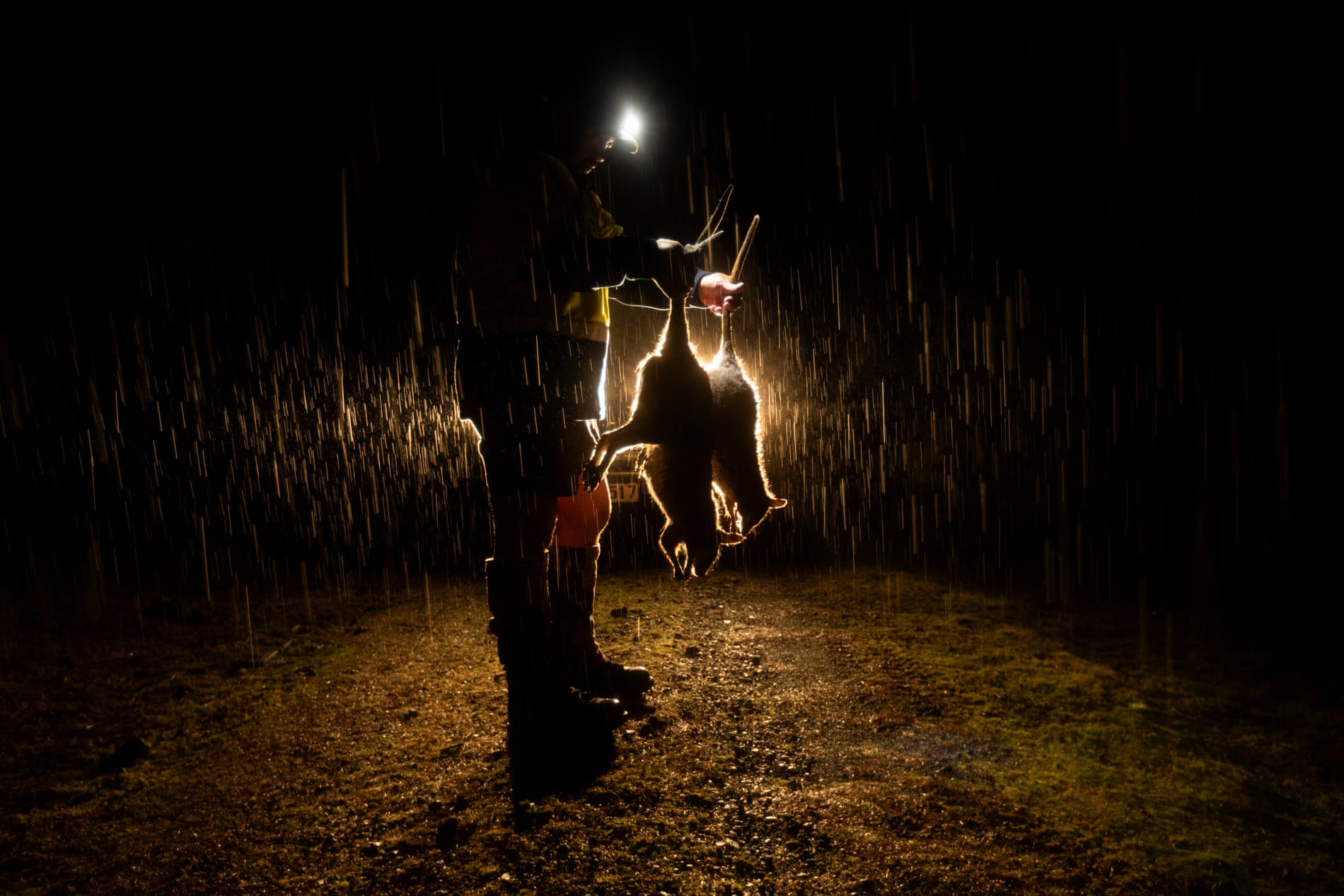

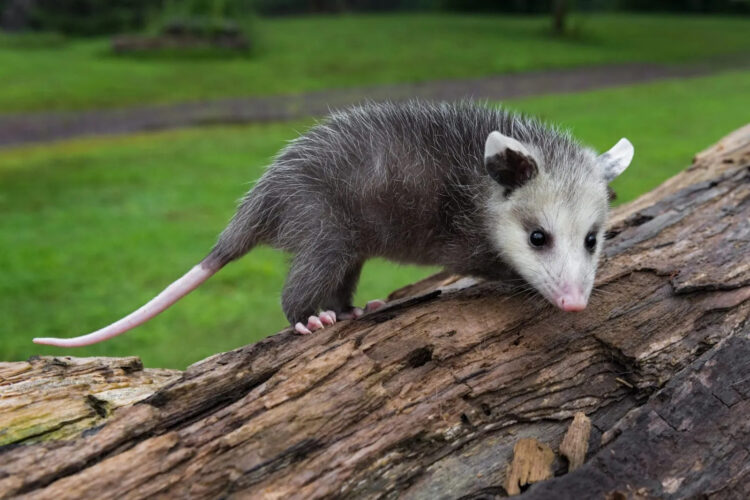
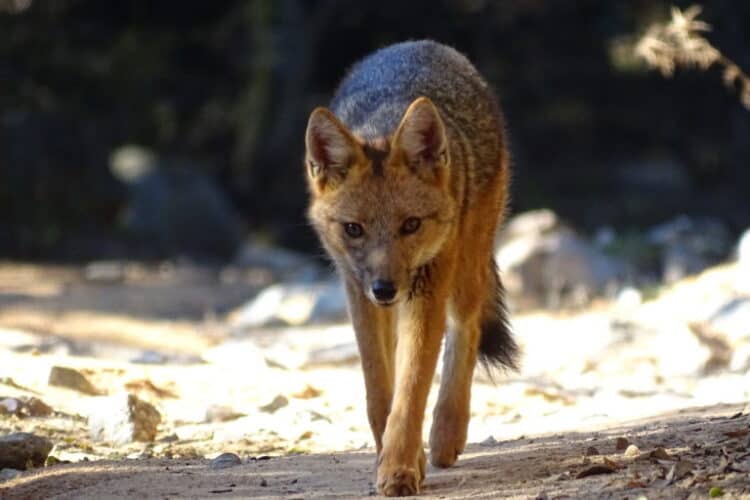

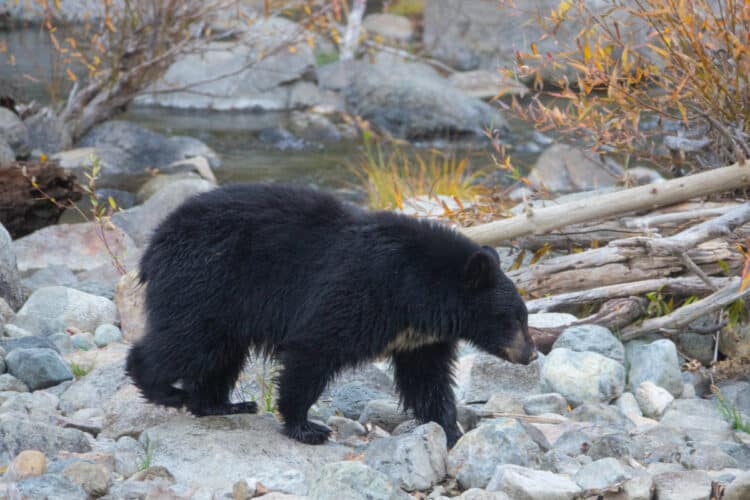
Leave a Reply